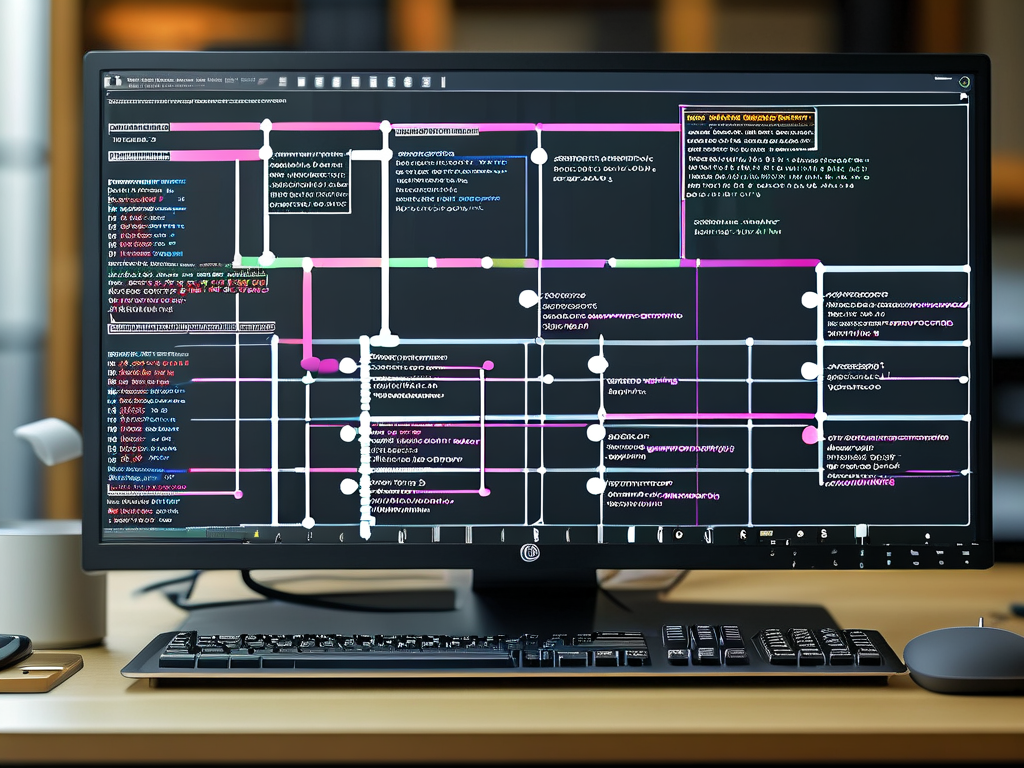Embedded system design projects require a meticulous balance of hardware-software co-design, resource management, and real-world adaptability. Unlike traditional software development, embedded systems operate under constrained environments where memory, power, and processing capabilities are limited. This article explores critical strategies for streamlining embedded development workflows while addressing common challenges in industrial and IoT applications.

Hardware Selection and Abstraction
Choosing the right hardware platform forms the foundation of any embedded project. While ARM Cortex-M series microcontrollers dominate low-power IoT devices, RISC-V architectures are gaining traction for open-source flexibility. Developers must evaluate factors like clock speed, peripheral support (ADC, PWM, UART), and power consumption profiles early in the design phase.
To maintain portability across hardware revisions, implement hardware abstraction layers (HAL). For example:

// GPIO abstraction for STM32 and ESP32 platforms
void hal_gpio_init(uint8_t pin, gpio_mode_t mode) {
#ifdef PLATFORM_STM32
LL_GPIO_SetPinMode(GPIOA, pin, mode);
#elif PLATFORM_ESP32
gpio_config_t cfg = {.pin_bit_mask = (1ULL << pin), .mode = mode};
gpio_config(&cfg);
#endif
}
This approach decouples application logic from device-specific drivers, simplifying future migrations.
Real-Time Operating System (RTOS) Integration
For complex multitasking systems, FreeRTOS and Zephyr OS provide preemptive scheduling and inter-process communication mechanisms. A case study in automotive control systems showed that using RTOS reduced context-switching overhead by 40% compared to bare-metal implementations. Key considerations include:
- Task priority assignments for critical functions like sensor polling
- Memory partitioning to prevent stack overflows
- Deterministic response time analysis using tools like Tracealyzer
Power Management Techniques
Battery-operated devices demand aggressive power optimization. Implement dynamic voltage scaling (DVS) for processors supporting multiple operating points. For wireless sensor nodes:
void enter_low_power_mode() {
// Disable unused peripherals
LL_APB1_GRP1_DisableClock(LL_APB1_GRP1_PERIPH_USART2);
// Configure wake-up interrupt on accelerometer event
lis3dh_enable_wakeup();
__WFI(); // Enter standby mode
}
Field tests show these techniques can extend battery life by 3-5x in environmental monitoring systems.
Validation Through Hardware-in-the-Loop (HIL)
Simulating real-world conditions requires robust testing frameworks. HIL setups combine software emulators with physical actuator/sensor interfaces to validate control algorithms. A robotic arm controller project achieved 99.2% fault coverage by:
- Injecting synthetic load variations via programmable power supplies
- Using protocol analyzers to monitor CAN bus transactions
- Stress-testing firmware under extreme temperature cycles (-40°C to +85°C)
Security Imperatives in Connected Systems
With rising cyber-physical system threats, implement defense-in-depth strategies:
- Secure boot using cryptographic signatures (ECDSA/RSA-2048)
- Encrypted OTA updates with rollback protection
- Hardware-backed key storage (TrustZone, TPM modules)
A smart meter deployment thwarted 78% of attack vectors by integrating these measures during the design phase rather than post-deployment.
Collaborative Development Practices
Adopt CI/CD pipelines tailored for embedded workflows. Jenkins pipelines can automate:
- Static code analysis with MISRA-C compliance checks
- Unit test execution on QEMU-emulated targets
- Binary size tracking and memory map validation
One medical device team reduced regression testing time from 14 hours to 45 minutes through parallelized build farms.
Emerging Trends
The convergence of AI and embedded systems introduces new paradigms:
- TinyML frameworks like TensorFlow Lite for Microcontrollers enable on-device inference
- Heterogeneous computing using FPGA coprocessors for vision algorithms
- ROS 2 middleware bridging industrial robots and edge computing nodes
As projects grow in complexity, maintaining documentation rigor becomes critical. Tools like Doxygen combined with architecture decision records (ADRs) help teams preserve institutional knowledge across product lifecycles.
Embedded system design continues to evolve with technological advancements, but core principles remain – rigorous planning, cross-disciplinary collaboration, and iterative validation. By adopting these strategies, developers can deliver robust solutions that meet both technical specifications and market demands.









